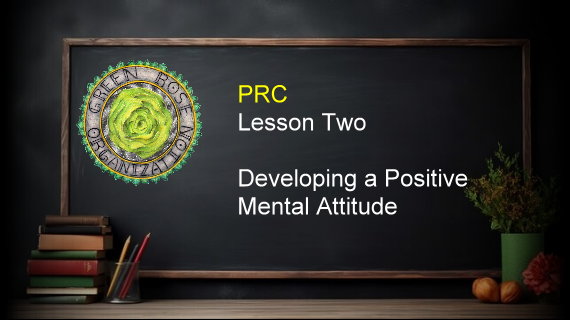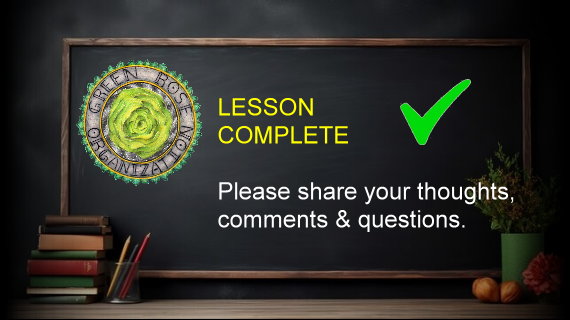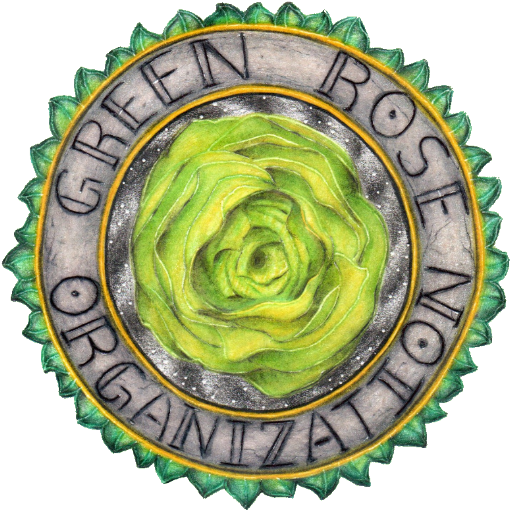
DEVELOPING A POSITIVE MENTAL ATTITUDE
HOW TO DEVELOP AN OPTIMISTIC PERSPECTIVE ACCORDING TO ANCIENT AND MODERN SCIENCE
Developing a positive mental attitude has been a key focus in both ancient philosophical teachings and modern scientific research. Both perspectives offer profound insights and complementary approaches to fostering a resilient and optimistic mindset.
ANCIENT TEACHING ON POSITIVITY
Stoicism: The Stoics, like Marcus Aurelius, Epictetus, and Seneca, taught that we should focus on what we can control (our thoughts, actions, and attitudes) and let go of what we cannot. This principle encourages emotional resilience and mental peace. Practices such as daily reflection, gratitude, and negative visualization (imagining challenges to prepare oneself mentally) are central to developing a positive outlook. Buddhist Philosophy: Buddhist teachings emphasize mindfulness and awareness as tools to cultivate a peaceful mind. The Four Noble Truths and practices like meditation encourage seeing life with clarity, accepting impermanence, and reducing mental suffering. Loving-kindness meditation (Metta) fosters compassion toward oneself and others, which creates positivity and emotional well-being. Vedic Traditions: In Hindu texts, the Bhagavad Gita highlights the importance of maintaining equanimity in success and failure by aligning oneself with higher purposes and virtues. Concepts like Sattva (purity and balance) encourage cultivating calmness, positivity, and inner harmony through right actions, thoughts, and diet. Aristotle and Virtues: Aristotle proposed that living in accordance with virtues, such as courage, temperance, and wisdom, leads to eudaimonia—a state of flourishing and well-being. A positive mental attitude arises from practicing these virtues consistently.
MODERN SCIENTIFIC TEACHING ON POSITIVITY
Cognitive-Behavioral Approaches: Cognitive-behavioral therapy (CBT) emphasizes identifying and reframing negative thought patterns. By replacing cognitive distortions (e.g., catastrophizing, black-and-white thinking) with balanced, constructive thoughts, individuals can cultivate a more optimistic mindset. Gratitude journaling and practicing self-affirmations have shown significant impacts in fostering positivity. Positive Psychology: This field, led by Martin Seligman, focuses on strengths and virtues rather than weaknesses. Key practices include: Gratitude exercises (e.g., writing three things you’re thankful for daily). Acts of kindness, which enhance happiness and purpose. Cultivating “flow” states, where one is deeply engaged in an activity that matches their skills. Neuroscience: Research shows that the brain is capable of neuroplasticity, meaning we can “rewire” it through repeated behaviors and thoughts. Mindfulness meditation and gratitude practices physically strengthen neural pathways associated with positivity. Physical exercise and a healthy diet also influence brain chemistry, increasing endorphins and serotonin, which improve mood. Social and Environmental Influences: Surrounding oneself with positive, supportive relationships is crucial. Modern research also highlights the importance of designing one’s environment to reduce stressors and promote mental health (e.g., decluttering, exposure to nature).
PRACTICAL APPLICATIONS THAT BRIDGE BOTH ANCIENT AND MODERN WISDOM
Daily Reflection: Like the Stoics, spend a few minutes each day reflecting on what went well and how you responded to challenges. Mindfulness and Meditation: Practice mindfulness to stay present and reduce mental clutter. Guided meditations combine ancient traditions with modern techniques. Gratitude Practice: Draw from both Buddhist teachings and positive psychology by keeping a gratitude journal. Serve Others: Cultivating virtues like service, love, and patience—ideas central to both ancient ethics and modern psychology—creates a deeper sense of fulfillment and positivity.

